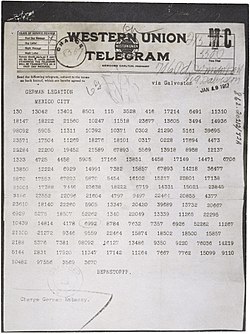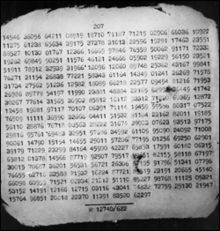
Back نص معمى Arabic Text xifrat Catalan Geheimtext German Texto cifrado Spanish متن رمزنگاری شده Persian Teks tersandi ID 暗号文 Japanese 암호문 Korean Teks sifer Malay Szyfrogram (kryptografia) Polish


In cryptography, ciphertext or cyphertext is the result of encryption performed on plaintext using an algorithm, called a cipher.[1] Ciphertext is also known as encrypted or encoded information because it contains a form of the original plaintext that is unreadable by a human or computer without the proper cipher to decrypt it. This process prevents the loss of sensitive information via hacking. Decryption, the inverse of encryption, is the process of turning ciphertext into readable plaintext. Ciphertext is not to be confused with codetext because the latter is a result of a code, not a cipher.